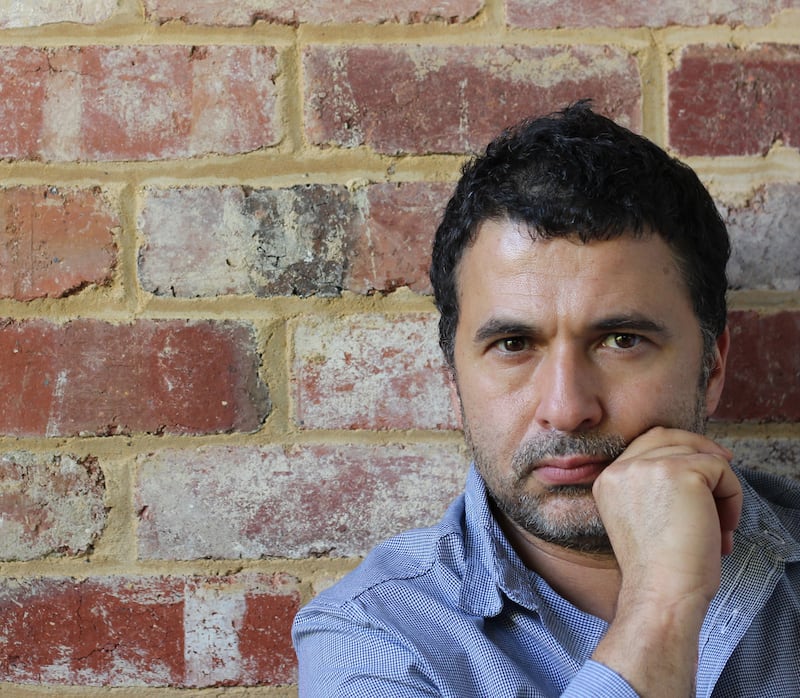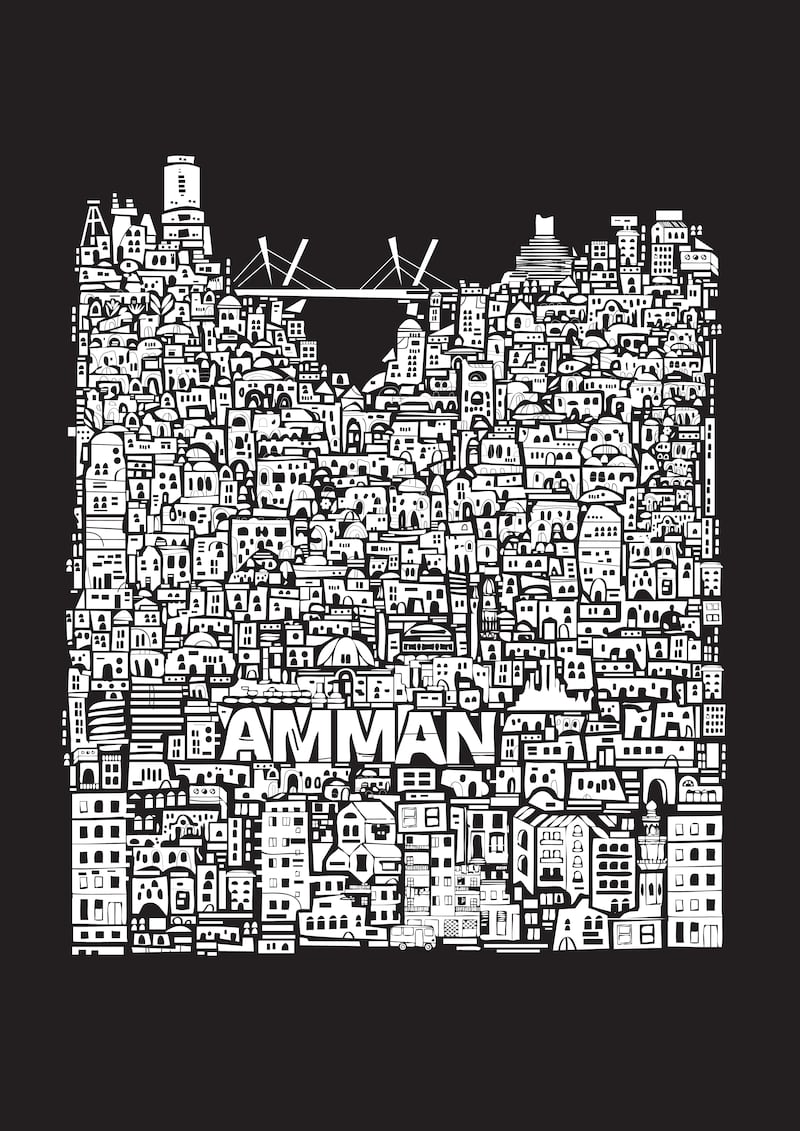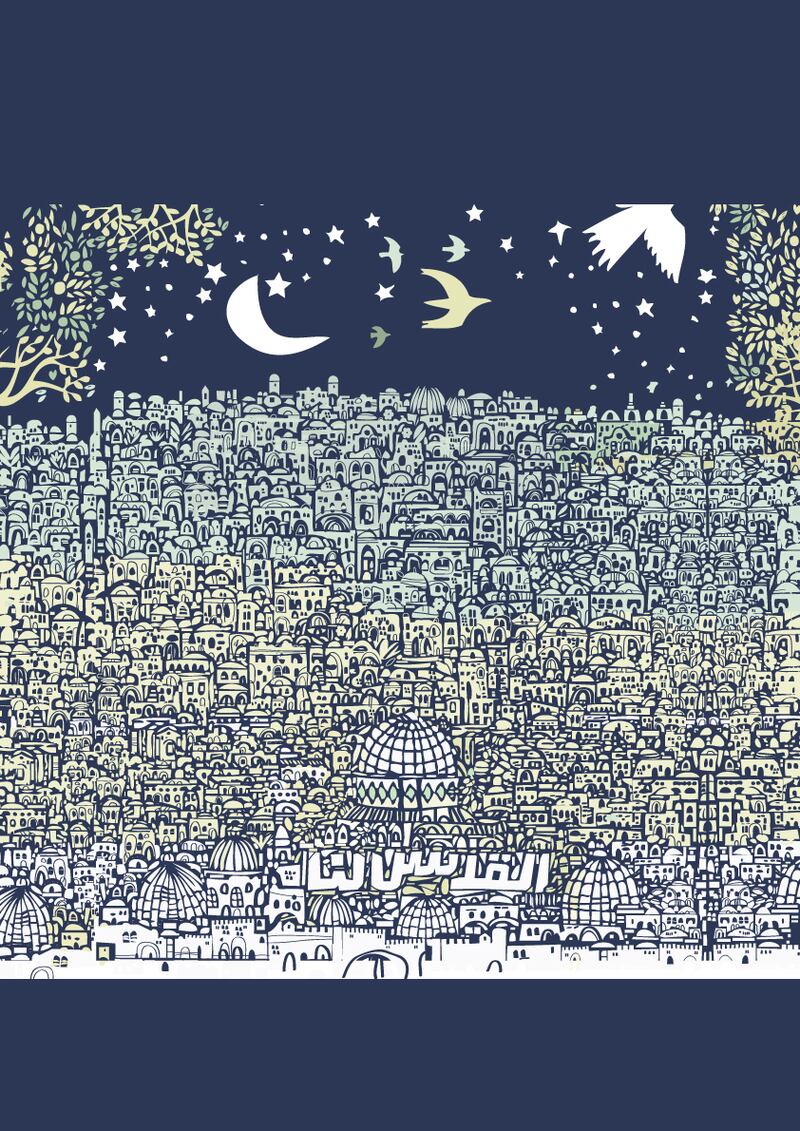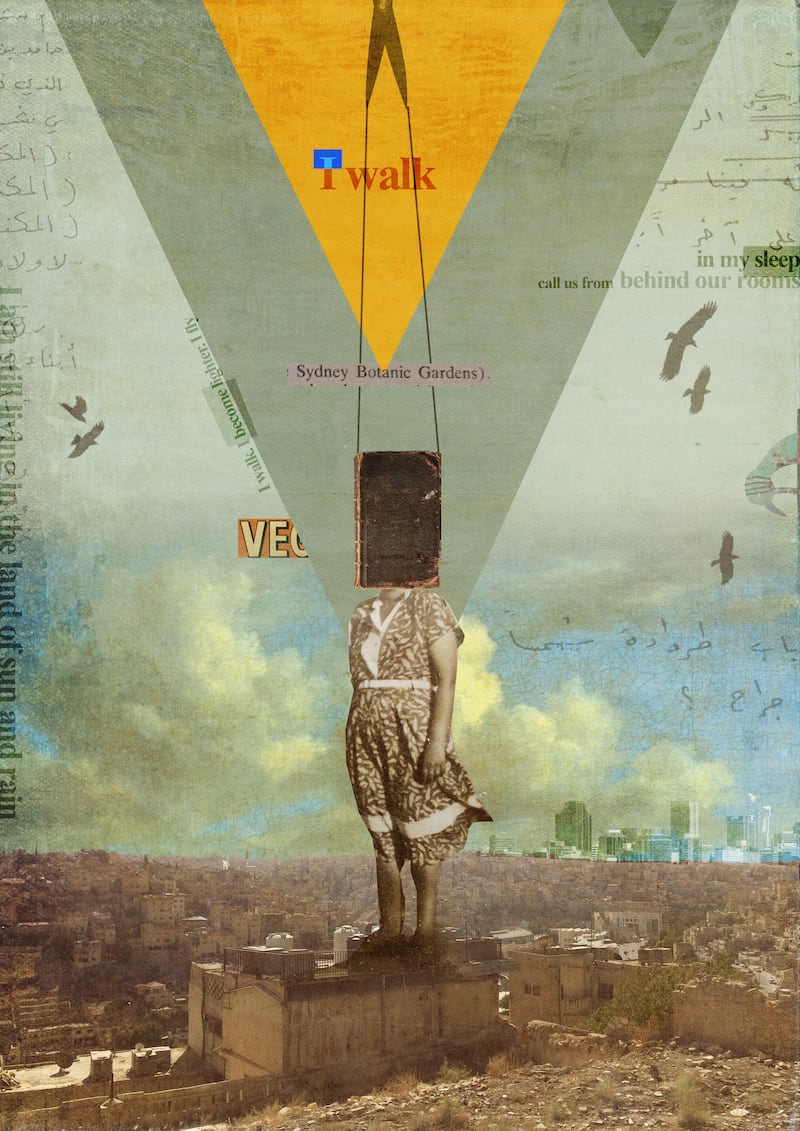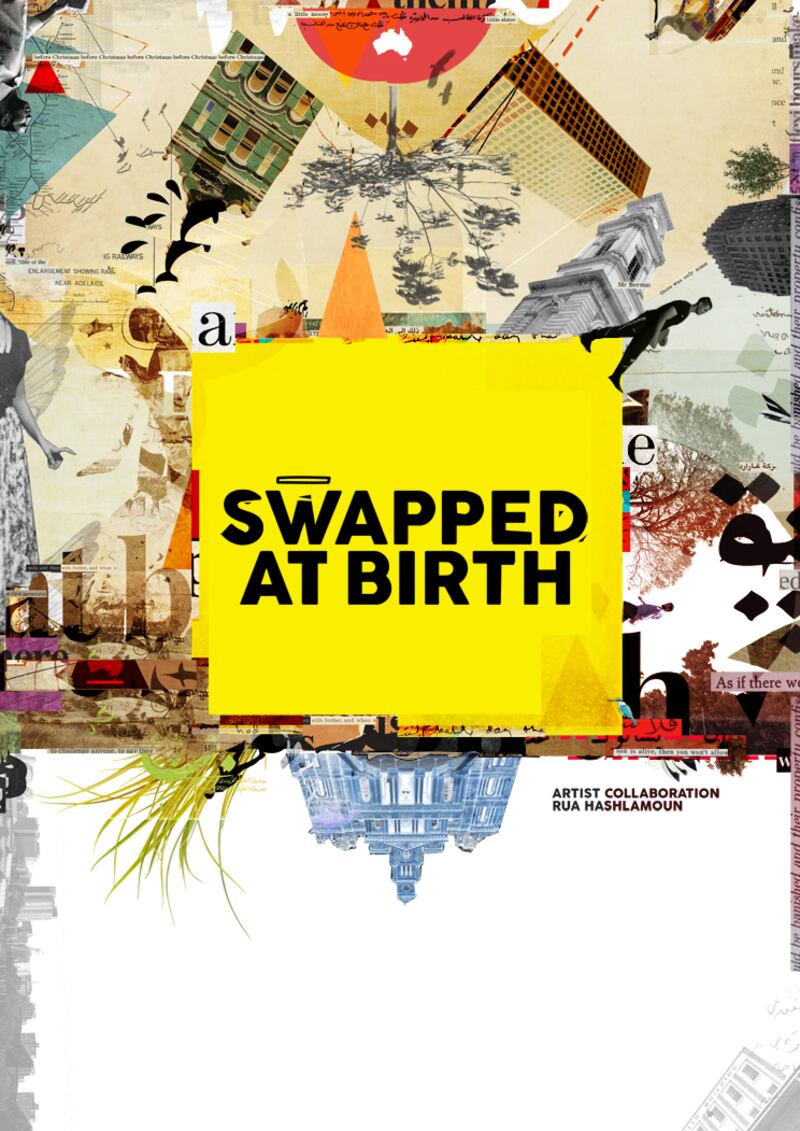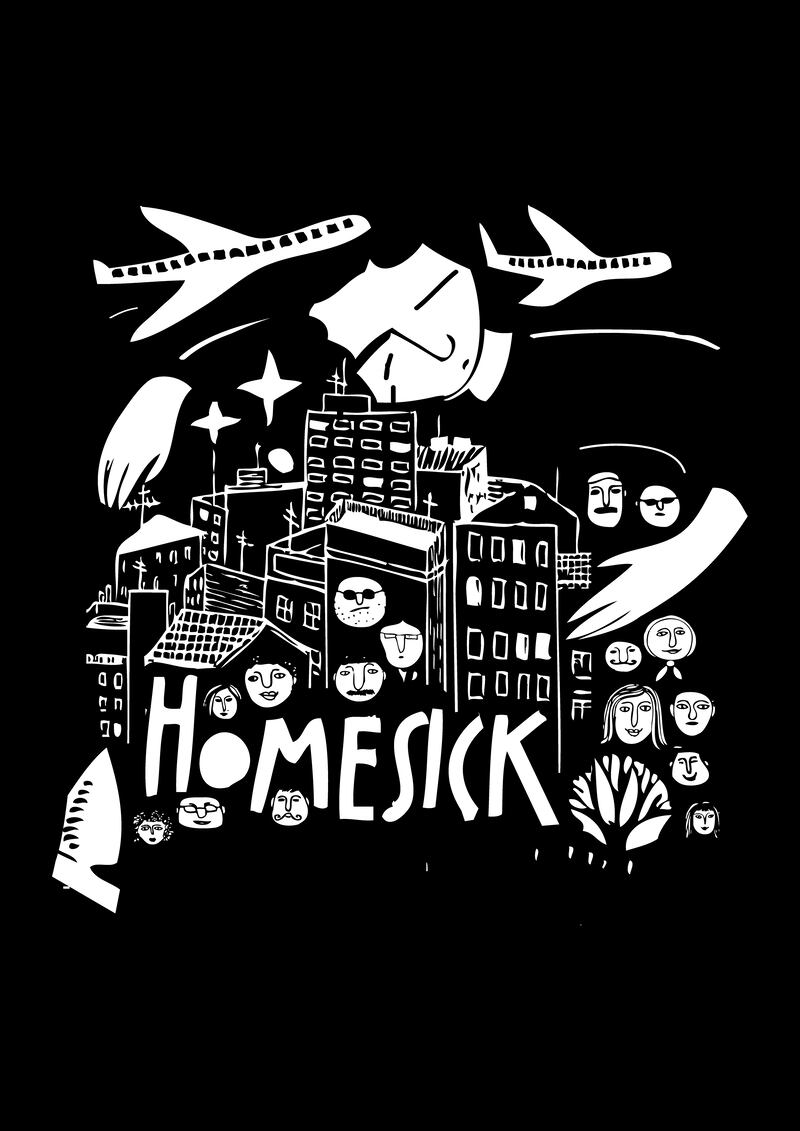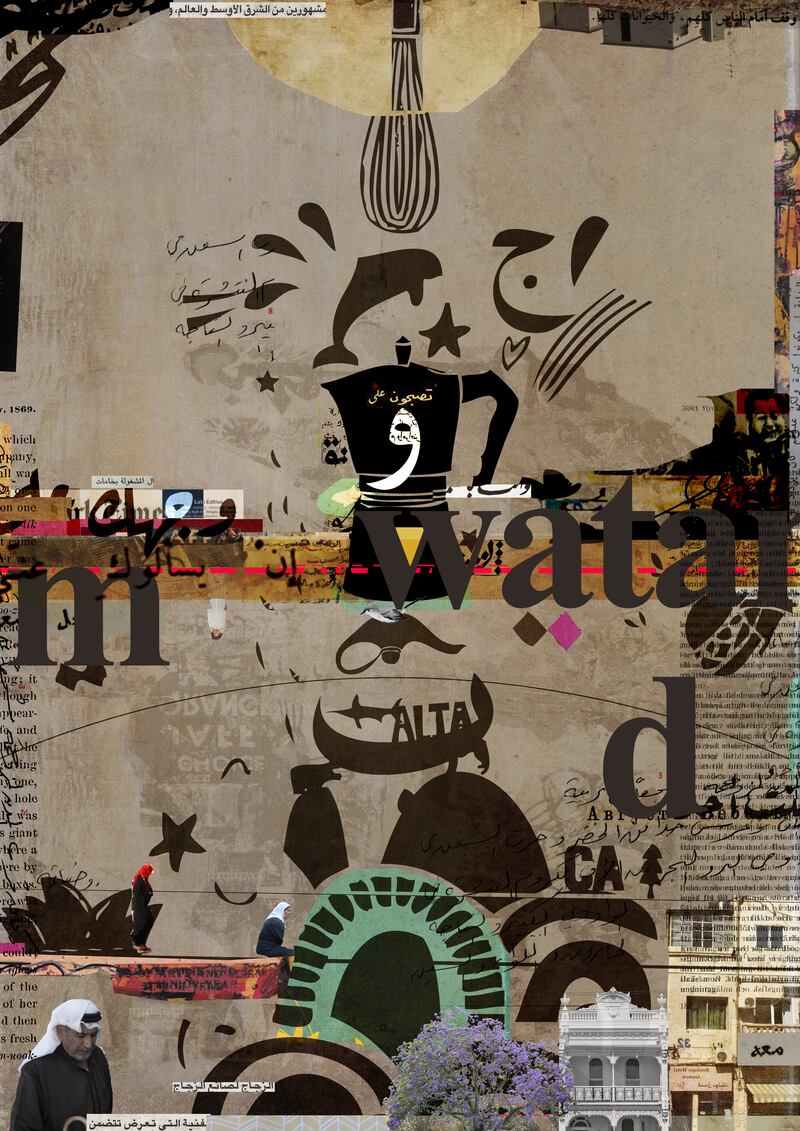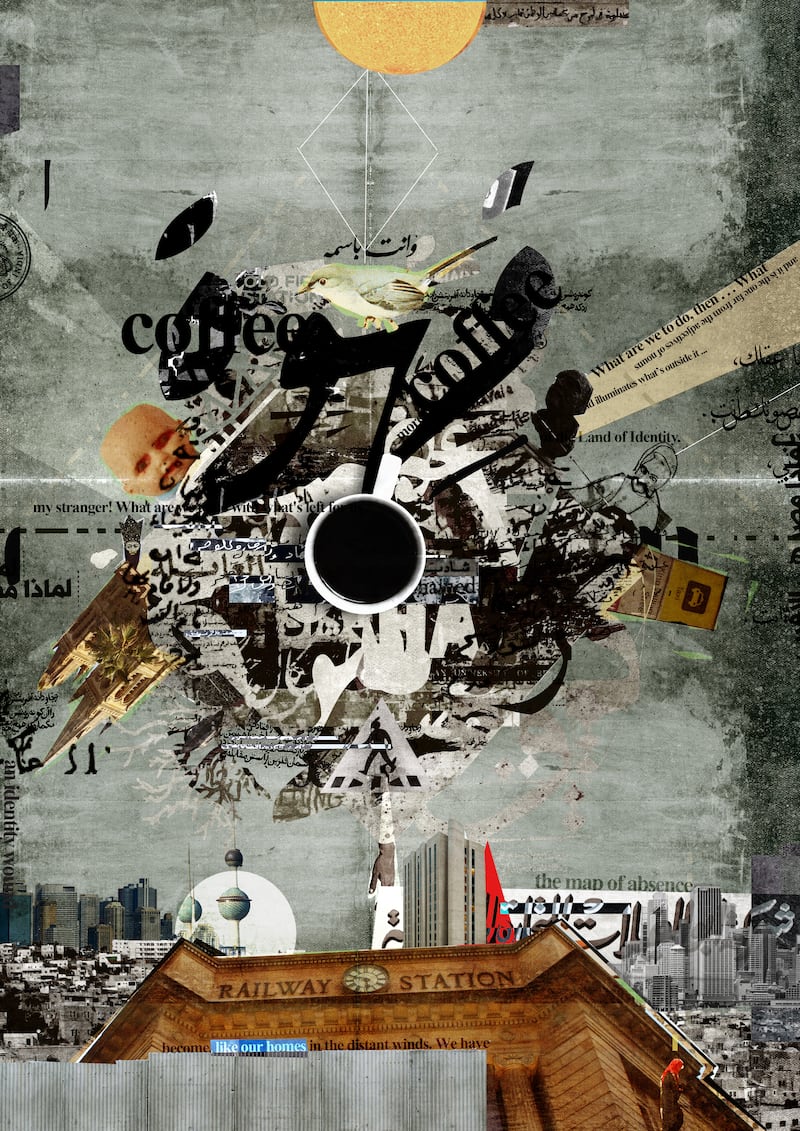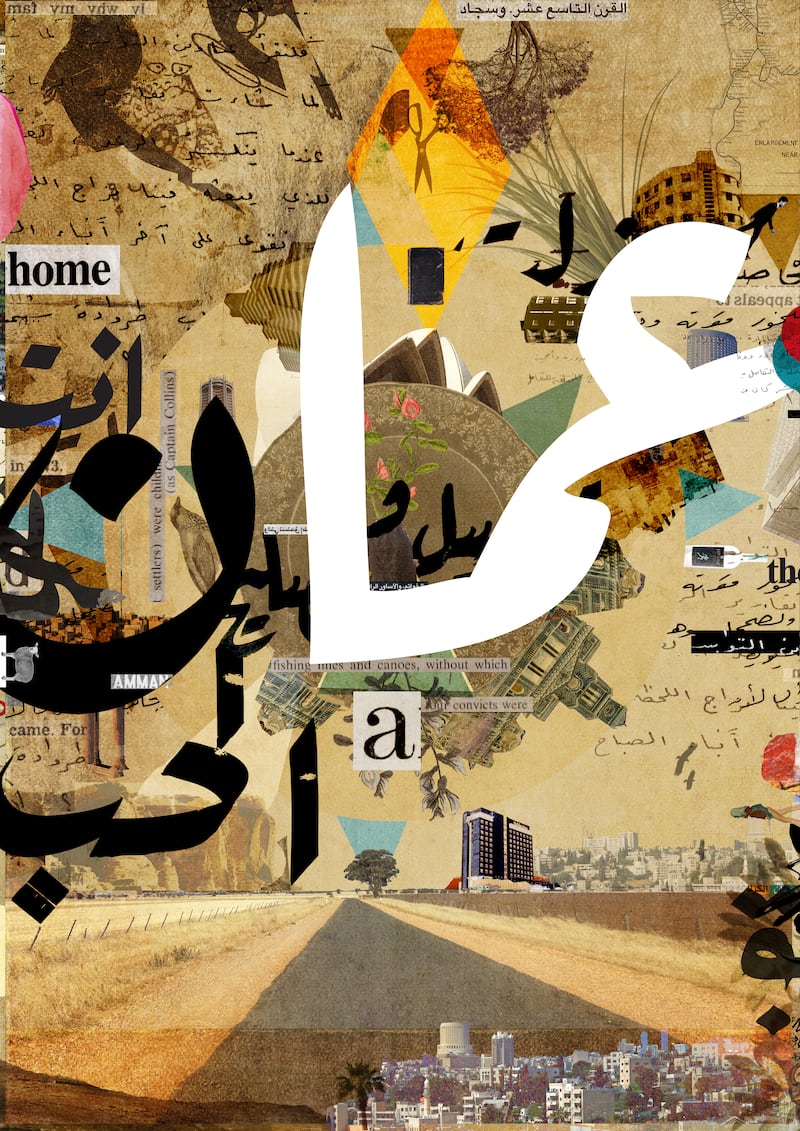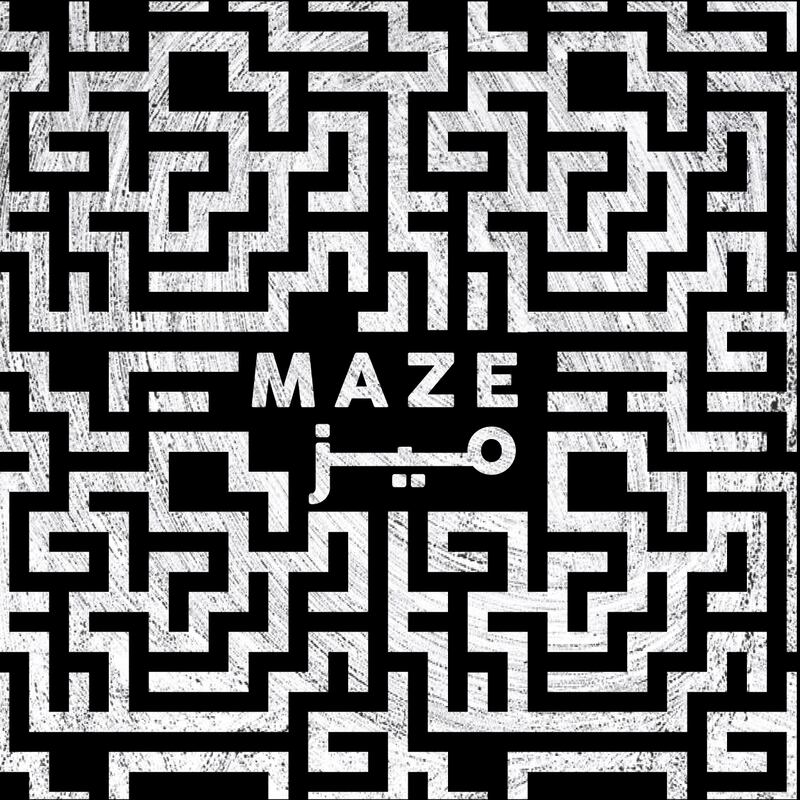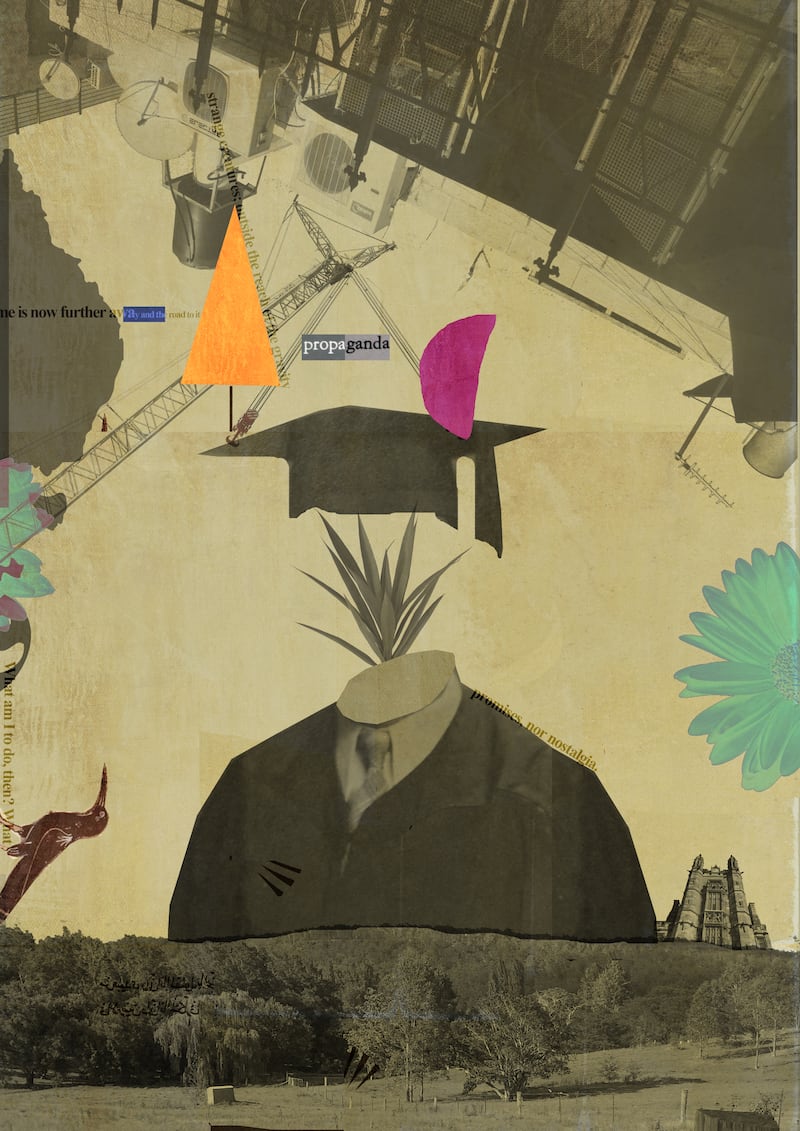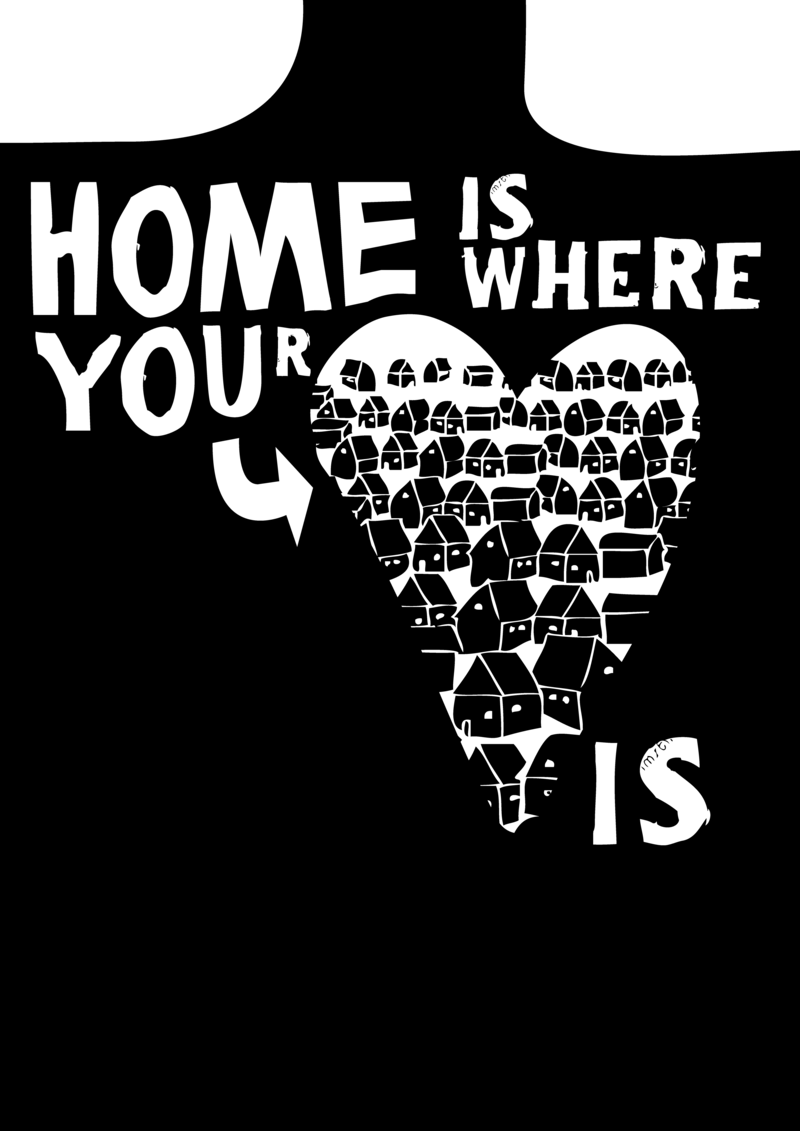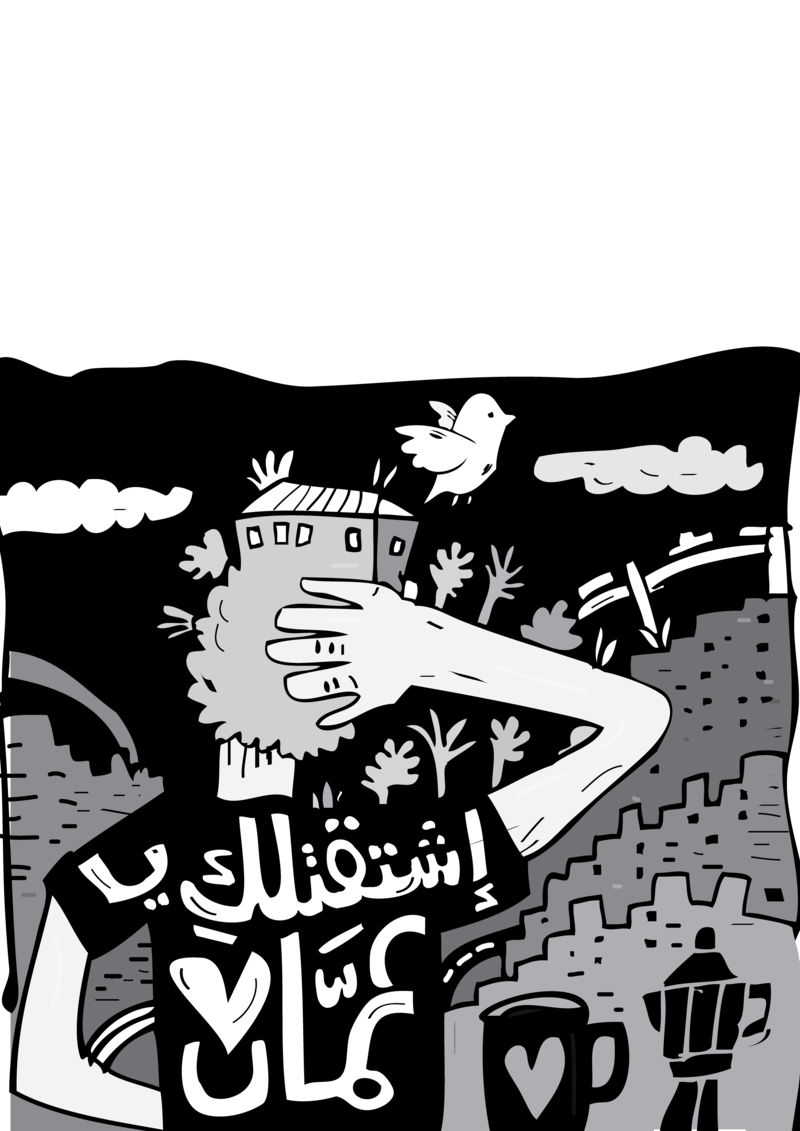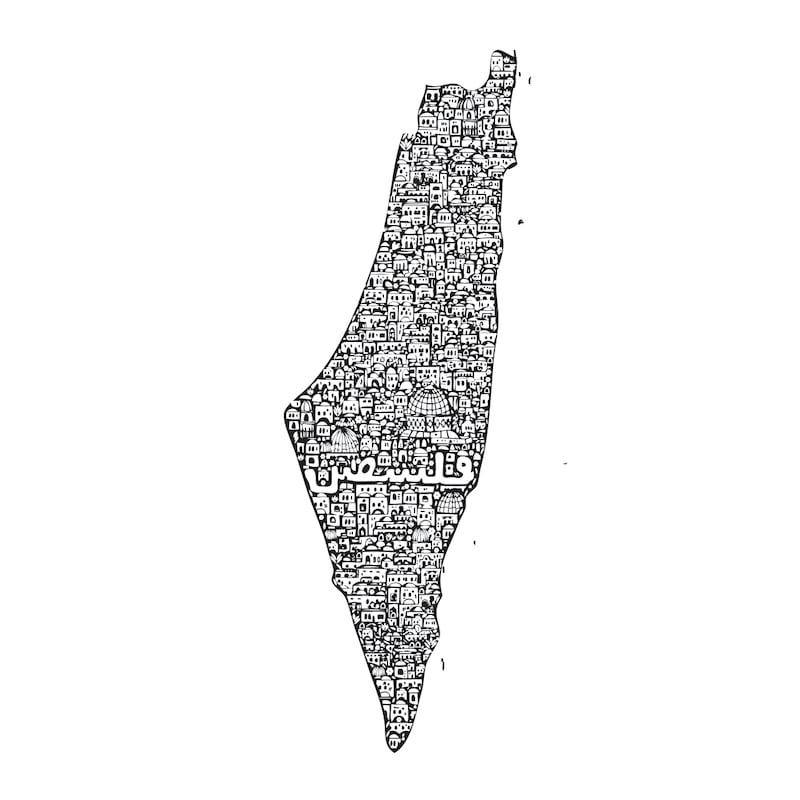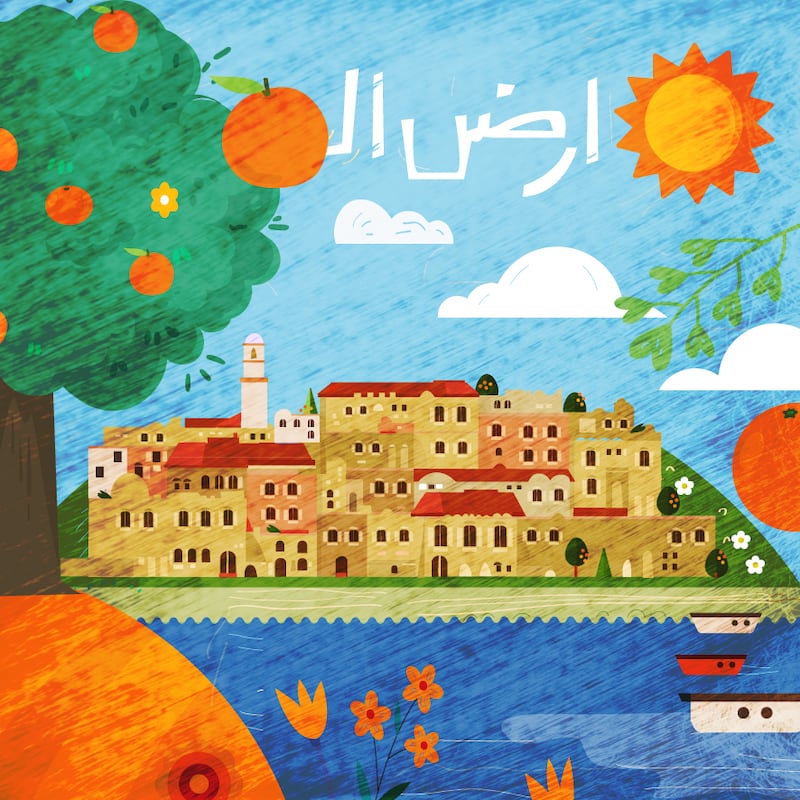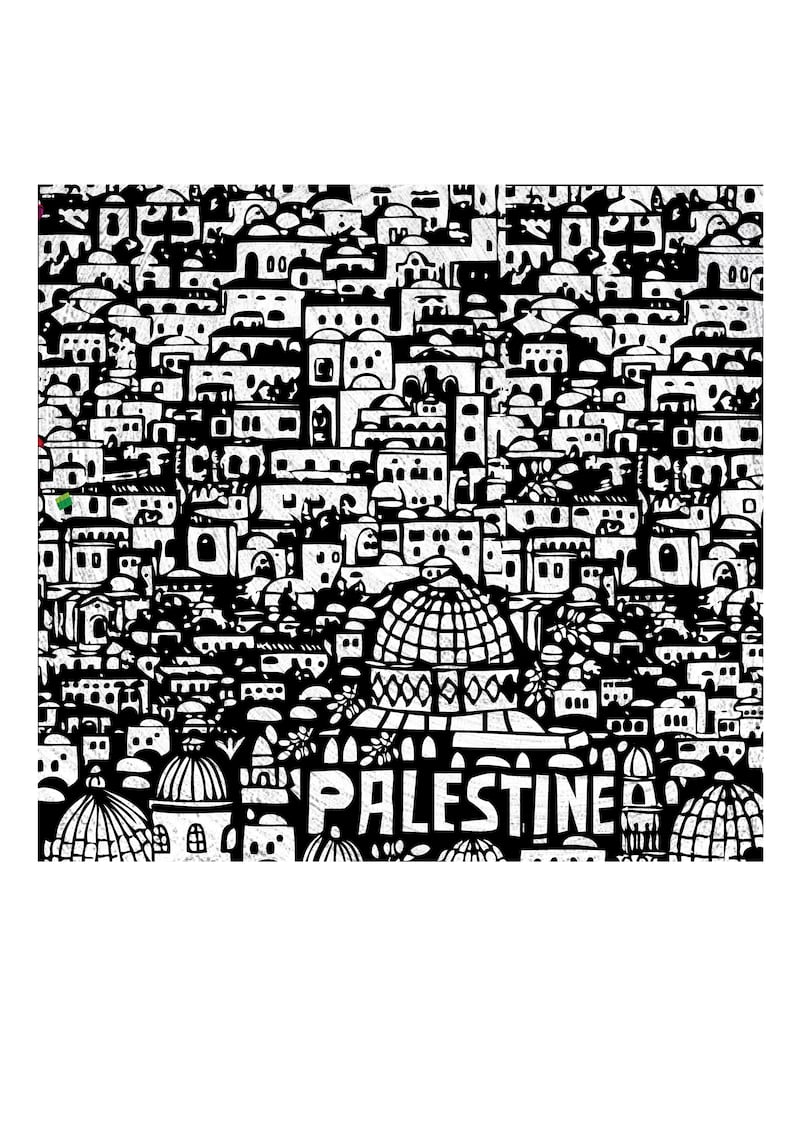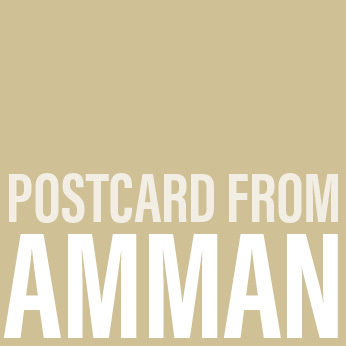
Jordanian illustrator Ahmed Al Khalidi used to like taking street photos on holiday before Covid restrictions kept him at home in Adelaide.
He emigrated to Australia 16 years ago, when he was emerging as one of a new generation of Arab digital artists.
Instead of photos he could no longer take, he started drawing pictures of buildings and architecture in Jerusalem and Amman. These are two of the cities with which he mostly identifies, together with Adelaide.
“The themes were house, country and where one’s home is,” says Mr Al Khalidi, who is in his late 40s.
Many of his followers on Instagram, especially diaspora Arabs, “felt this was also their story and they wanted more,” he says.
He made a black-and-white poster of Jerusalem, and then, this year, a similar one of Amman. They were commissioned by the Jacaranda art gallery in Amman, whose owner is Australian. Mr Al Khalidi has been collaborating with the gallery since it was founded in 2007.
The Jerusalem poster sold well as violence has intensified in the city over the last two years. The Amman poster too has been a bestseller, although many regard the city as unattractive, with uniform, white buildings and a lack of any greenery.
“I saw once on TV that Amman was ranked among the world’s ugliest cities. I do not see it that way,” Mr Al Khalidi says.
He grew up in Kuwait and fled to Jordan with his family when Iraq invaded Kuwait in 1990. The larger Al Khalidi family are Jerusalemites known for scholarship. They were mostly uprooted when Israel was created in 1948, but their reputation has endured.
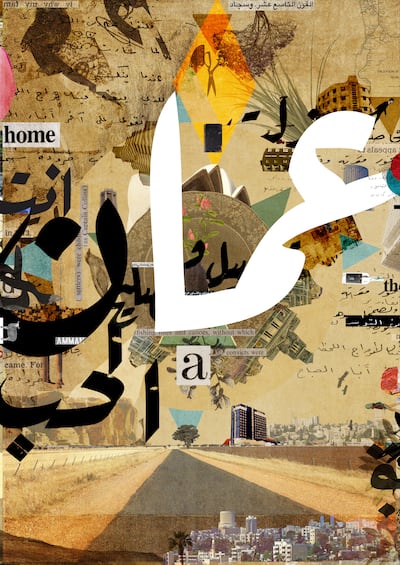
Mr Al Khalidi's eldest brother, Suleiman, is a prominent journalist. His sister, Rana, studied at Saint Martin's School of Art in London.
His mother Maha is also a painter, and his other brother, Salem, is an aviation engineer. Mr Al Khalidi studied design and multimedia in Jordan, Ireland and Australia and his works have been exhibited at solo exhibitions. They have also been on show at the 2007 International Biennial of Contemporary Art in Spain, at Jordan's National Art Museum and at art festivals in Portugal, the UAE, and Australia.
Amman: a wrongly maligned city
Although much of Amman is urban sprawl, there is character to its original seven hills, impoverished neighbourhoods in the city’s east, and to the downtown area, Mr Al Khalidi says.
“I do not look at Amman as a whole. It has mountains and parts that make it distinctive,” he says.
The city was abandoned for more than millennia until the Ottomans settled Circassian refugees from the Caucuses in Amman in the 1880s.
In 1921, Transjordan, which later became Jordan, was declared as a British protectorate, with Amman as its capital. At that time, Amman's population was as little as 2,500 people compared with four million today. Syrians and Palestinians played an integral role in staffing of the bureaucracy and building the economy of the new country.
Amman remained small until waves of Palestinian refugees arrived in 1948 and in 1967. Syrian refugees arrived in the 1980s and in the last decade, after two revolts failed to dislodge the Assad family rule. Iraqi refugees arrived after the Gulf War in the 1990s, along with more families of Palestinian origin who were expelled from Kuwait.
In the last several years, Amman has been visited by more Western tourists and students wanting to learn Arabic, as upheavals swept across the more established capitals of Lebanon and Syria.
A giant hotel called The Royal, which is modelled on a 9th-century spiral minaret in Iraq, is one of few recognisable landmarks in the Amman poster. Other architecture is borrowed from the Jerusalem poster, and from other cities.
“The poster does not exactly depict Amman. It does not need to,” Mr Al Khalidi says.
A Palestinian link
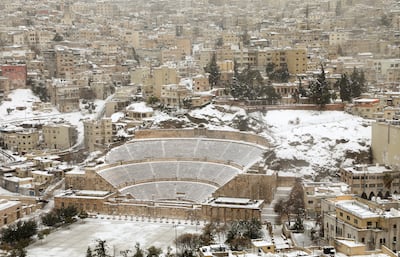
He points out that the city's history is intertwined with that of Palestine and the rest of the Levant, such as Jabal Al Jofah. This is one of Amman’s original seven hills, which is depicted in the poster.
The district was one of the main destinations for Palestinians who came in 1948 and built their dwellings on Roman ruins. Other Roman ruins, such as a large amphitheatre and remains of the Temple of Hercules, have survived.
In 2004, Mr Al Khalidi held his first exhibition, at the French Cultural Centre in Amman. Its theme was in contradictions between the more affluent west Amman and its poorer, older east. Years later, at a mixed media exhibition in Amman, he integrated photos of Amman and Adelaide.
"They appeared as a single city, although they are two different worlds," Mr Al Khalidi says.
"The idea remains the same. It is about taking parts of different places, and make a home in my head."
